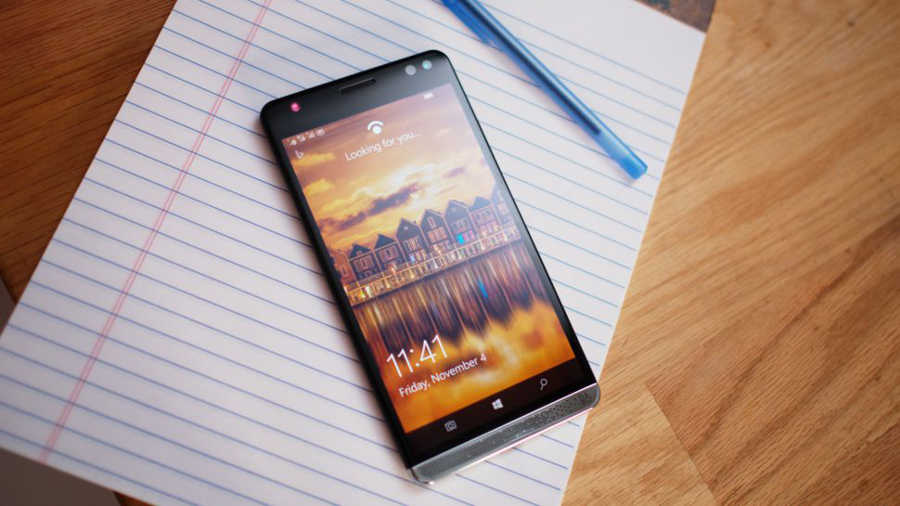Expecting full Windows 10 to arrive on mobiles soon? Not so fast
The desktop OS is coming to Qualcomm's CPUs, but current Snapdragon SoCs aren't capable of running it

As we saw earlier this week, Microsoft has big plans to bring full Windows 10 (i.e. desktop) onto ARM-powered phones and tablets, announcing a partnership with Qualcomm to specifically bring the desktop OS to the firm’s Snapdragon CPUs – and now we have some idea of a timeframe on this transition.
And the not-so-good news, at least for the impatient, is that you won’t be enjoying full x86 Windows apps and games (like Adobe’s heavyweight editing suite Photoshop or Crysis 2) on your Qualcomm-driven device any time soon.
Some folks might have thought that given Microsoft was demonstrating Windows 10 and Photoshop (along with various games) running on a Snapdragon 820 chip, that this capability would be coming to current hardware which is powered by the SoC.
But Microsoft has clarified that we won’t see full-fat Windows 10 on existing devices, but rather we’re looking at the arrival of Qualcomm’s next-gen Snapdragon 835 for this – and a new range of what Microsoft calls ‘mobile PCs’ – to become a reality.
Microsoft told Neowin: “Customers will start to see Windows 10 ARM devices on the market next year, and we expect the first Windows 10 ARM PCs to ship with the Qualcomm Snapdragon 835. We have nothing further to share at this time.”
The Snapdragon 835 was only unveiled last month, dropping down to a 10nm process, with mobiles using the chip expected to show up from next spring (it’ll be in the Galaxy S8 first).
Battery boost
The 835 offers around a 25% performance boost compared to the 821 chip, but perhaps more importantly, is expected to be considerably more efficient on the power drain front (to the tune of around 40%). The latter might be particularly important when it comes to running desktop Windows 10 and more demanding apps on the move, as battery life considerations are always a big worry with mobile devices.
Sign up for breaking news, reviews, opinion, top tech deals, and more.
Maybe current Snapdragon phones have enough power to nail the performance side of the equation, but don’t score highly enough on the battery longevity front right now.
Fingers crossed that when the full implementation of this emulation comes on ARM devices, it’s as impressive as it looked in Microsoft’s demos this week, which seemed to run pretty smoothly.
This whole scheme is a big move for Microsoft in so many ways, because one of the major problems for Windows Mobile devices is the app drought compared to Android and iOS. And far more than Universal Windows Platform apps, this Qualcomm partnership could begin to turn Microsoft’s phone fortunes around.
- Mulling an upgrade to Windows 10? These are the best deals on the OS
Darren is a freelancer writing news and features for TechRadar (and occasionally T3) across a broad range of computing topics including CPUs, GPUs, various other hardware, VPNs, antivirus and more. He has written about tech for the best part of three decades, and writes books in his spare time (his debut novel - 'I Know What You Did Last Supper' - was published by Hachette UK in 2013).